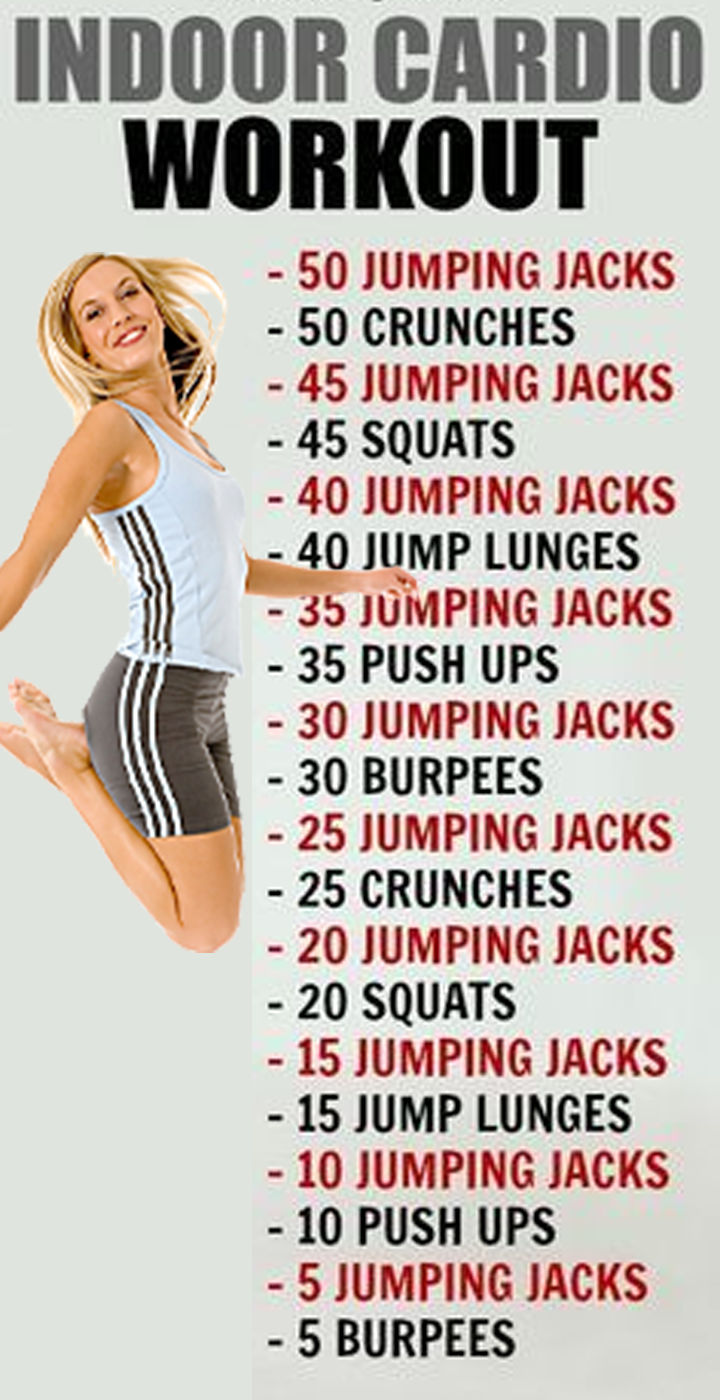
A few other practices can help with maximizing fat loss while maintaining muscle: eating a high-protein diet, taking omega-3 and/or fiber supplements, and reducing uninterrupted sitting time.The most important part of weight training to lose fat might be to hustle between exercises, which aids the post-workout increase in metabolism. Strength training is a much more efficient complement and can help maintain or build muscle while fat is lost.

When it comes to exercise, cardio is a very inefficient way to lose fat and doesn’t prevent the loss of muscle.Restricting calories is the most effective method for achieving fat loss, but we shouldn’t rely on that alone.Fat loss means we are losing what we don’t want (excess body fat) while keeping what we do want (muscle mass). While “weight loss” is the common verbiage, we actually want fat loss. Specifically, resting 30 seconds or less between exercises is connected with short-term metabolic spikes and better overall fat loss outcomes (Waller, Miller, & Hannon, 2011). When people move quickly between exercises, weight training produces a noticeable increase in metabolism for anywhere from 14 hours to three days after the workout (Greer et al., 2021 Heden et al., 2011).

Strength training also requires a much smaller time commitment, compared to the cardio routines discussed in the studies above.Ī key to using strength training for fat loss is the length of rest between exercises. Strength training is more effective for minimizing the decrease in metabolism that occurs during weight loss, which makes regaining fat less likely (Hunter et al., 2008). When strength training during calorie restriction, people can maintain or even gain muscle while losing fat (Cava, Yeat, & Mittendorfer et al., 2017 Hunter et al., 2008). Strength training provides a better alternative for a complement to diet for achieving weight loss. People lose fat and muscle.įor example, a half-year study of people who dieted and jogged three times per week led to a loss of 2-4 lbs. When combining cardio with calorie restriction, more weight loss is achieved, but the problem becomes that what people achieve is weight loss. Using cardio as a weight loss tool is similar to using a spoon to dig a large hole. At the end of 12 months, the women lost only 4.5 pounds.ĭozens of hours of cardio over months led to small weight losses for obese individuals. Women performed an average of nearly four hours of cycling, treadmill walking, and other activities per week (Foster-Schubert et al., 2012). After eight months of consistent exercise, the most successful group lost two pounds! Participants in this study performed 2-3 hours per week of walking or jogging (Johnson et al., 2007). Unfortunately, these activities aren’t very efficient for achieving fat loss.Ī few studies with participants who were categorized (by body mass index) as “obese” illustrate this: This is based on activities such as jogging, cycling, and group exercise classes burning more calories during the activity. Traditionally, cardio has been the go-to choice for achieving weight loss. How do we avoid weight loss and achieve fat loss? Let’s keep going… We want to lose fat while maintaining or building muscle, which will also protect us from a large decrease in metabolism and a likelihood of regaining the weight. In fact, in some cases, lean tissue loss can make up over 35% of weight loss (Cava et al., 2017)! Weight loss from dieting alone includes about 20-30% of the lost weight being lean tissue, with most of that being muscle (Cava, Yeat, & Mittendorfer, 2017).

It can be achieved by losing fat and muscle.ĭiet changes are the key to losing fat, but when exercise is not included weight loss is the result. Weight loss doesn’t distinguish between what type of tissue the person loses. However, the term “weight loss” is typically used to identify a person’s goal. A person seeking an enhanced physical appearance typically wants more muscle and less fat. Physical appearance, from a fitness perspective, is mainly driven by two factors: the amounts of muscle and fat that a person has. Despite exercise’s ability to enhance our happiness, physical health, cognition, and many other important elements, “physical appearance” remains a primary motivator for people who exercise (Zervou et al., 2017).


 0 kommentar(er)
0 kommentar(er)
